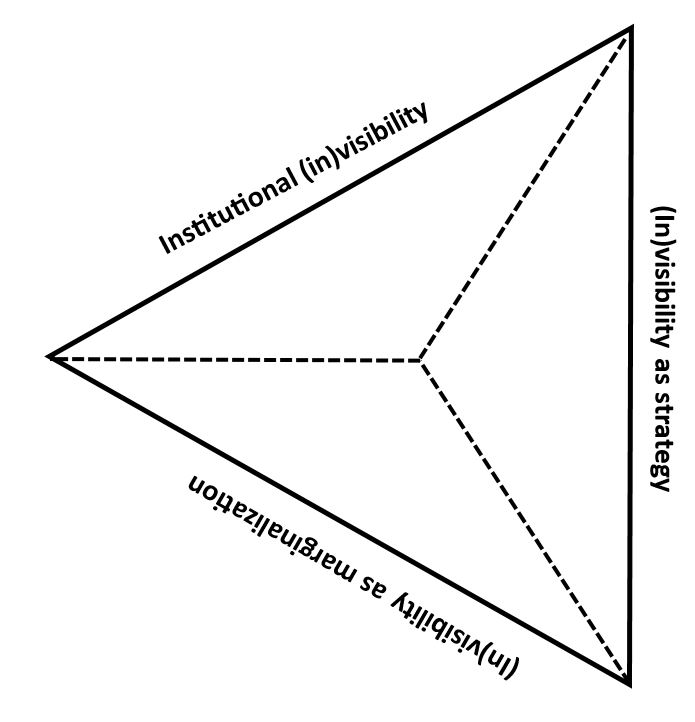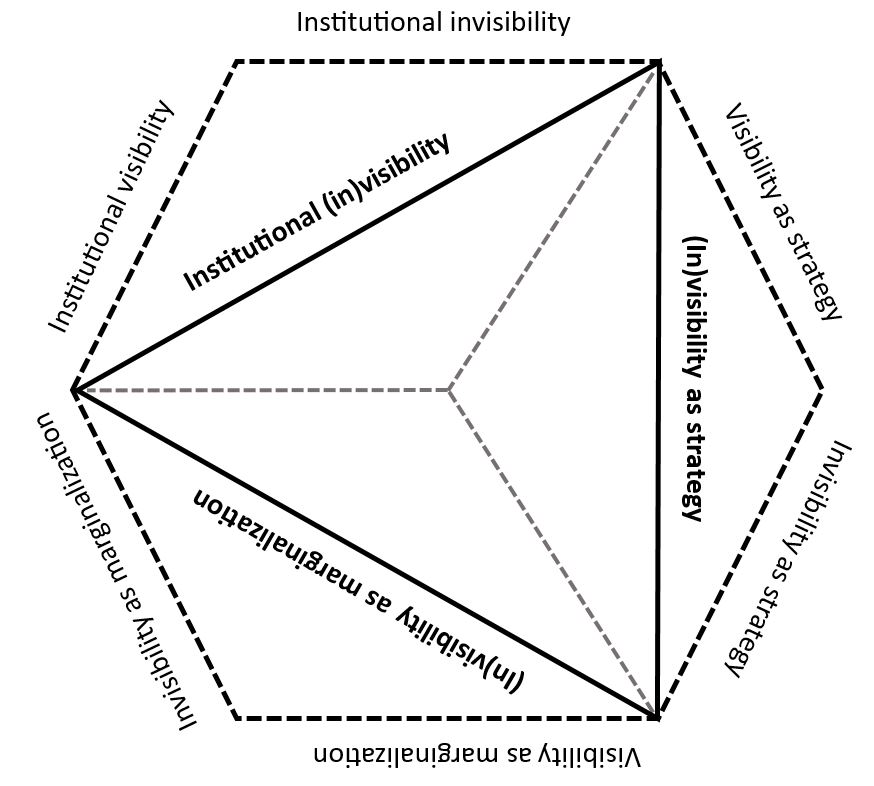Paradox of (In)visibility of Irregular Migrants
Stories from Barcelona
For 7 years, Barcelona was my home—a place where I could effortlessly blend into the crowd, feeling like just another face in the mix. However, my reality changed when I travelled to northern European countries as a Turkish woman. Suddenly, I found myself more visible in daily life, facing prejudice and racism that I had not encountered before. As a migration scholar, first-hand experience of being a migrant woman in different contexts has enhanced my interest in the concept of visibility and invisibility and how it intricately intersects with one's identity.
Fieldwork in Barcelona
Before discussing the (in)visibility paradox in depth, let me provide a brief overview of the methodology. My fieldwork took place in Barcelona, a city known for its inclusive policies, practices, and discourse towards refugees and irregular migrants, especially since 2015 (Spencer and Delvino, 2019). During the interviews, participants often asked me why I was conducting this research. I explained that, despite having legal permission to stay in Spain, I encountered various challenges. This motivated me to explore the experiences of those who do not have legal permission to stay in the country. For my fieldwork, I explored the lived experiences of irregular migrants as urban citizens through participant observation and semi-structured interviews with them. While visibility and invisibility were not initially my focus, they emerged as significant factors, shaping their narratives and everyday realities. Despite sharing the same legal status, migrants have a diverse set of experiences because of their intersecting identities. For instance, a Moroccan male and an Argentinian female migrant have completely different realities about how to navigate their lives as irregular migrants.
(In)visibility paradox
In my article, Intersectional (In)visibility: experiences of irregular migrants in Barcelona, I argue that “intersectional (in)visibility is paradoxical, as it can encompass the simultaneous experience of both visibility and invisibility within a single individual over the course of a single day. For instance, an irregular migrant (institutional invisibility) who experiences micro or macroaggression in public spaces (visibility as marginalization) and ignorance in intimate circles (invisibility as marginalization) may choose to be invisible in the street to avoid racial profiling (invisibility as strategy). At the same time, s/he may opt to be visible by participating in a regularization protest (visibility as strategy), asserting her/his rights and demanding recognition beyond municipal registry or city cards (visibility at the local level) (Özdemir, 2023).”
Considering visibility and invisibility are not mutually exclusive, but rather co-existent in complex ways (Liinason, 2020), my article contributes to the literature through the intersectional (in)visibility model.

Figure 1: intersectional (in)visibility model; Source: Özdemir, 2023

Figure 2: Elaboration of intersectional (in)visibility model; Source: Özdemir, 2023
(I) Institutional invisibility refers to invisibility at the national level in terms of accessing welfare provisions due to precarious legal status as irregular migrants are officially unrecognized by the state.
(II) Some cities combat institutional invisibility by using ius domicili, recognizing irregular migrants based on residence instead of legal status. This helps integrate them access vital services like healthcare and education e.g., San Francisco, New York, and Zurich have implemented this approach (Cherti 2023).
(III) Even though all irregular migrants share a precarious legal status leading to similar institutional (in)visibility experiences, their lived realities differ due to varying levels of marginalization influenced by intersecting identities. (In)visibility as marginalization illustrates how individuals, often from marginalized or minority groups, navigate a nuanced interplay of being both seen and unseen. On the one hand, visibility as marginalization is a is a reality of hyper-visible migrants in the host society (e.g., racial profiling) (Kovner, Zehavi, and Golan 2021).
(IV) Invisibility as marginalization is also an everyday experience of hyper-visible migrants in a manner of ignorance and -subtle- discrimination (see: Yurdakul, 2022).
(V) Invisibility as strategy is a result of visibility as marginalization. Irregular migrants who are not blending into the host society may choose to remain invisible by avoiding certain areas or wearing certain types of clothing in order to avoid potential discrimination or racial profiling (Chauvin and Garcés-Mascareñas 2014).
(VI) Visibility as a strategy can be seen as a response to institutional (in)visibility and/or (in)visibility as marginalization through a sum of actions such as participating in protests, sharing personal stories on social media, or engaging in public discussions to raise awareness and foster change (Hajer and Bröer, 2019).
In conclusion, the categorization of visibility and invisibility presented here offers a valuable framework for understanding the various experiences of irregular migrants. By building on this categorization, policymakers can adopt an equity-focused approach to policy-making that addresses the unique challenges of different marginalized groups based on their intersecting identities.
About the Author
Gülce Şafak Özdemir, Institut Barcelona d'Estudis Internacionals (IBEI), Universitat Autònoma de Barcelona (UAB)
Header image: A photo from the petition collection event of the regularization campaign, Barcelona, 19 February 2022 © Gülce Şafak Özdemir
Figures source: Özdemir, 2023

